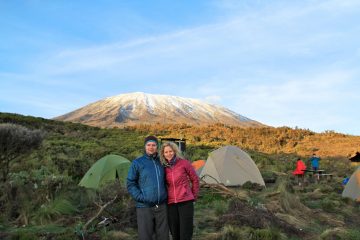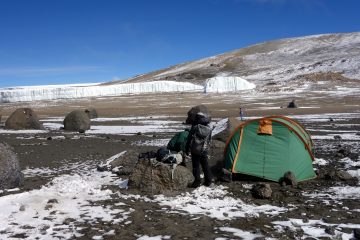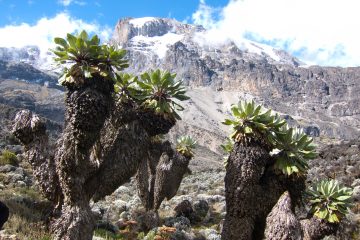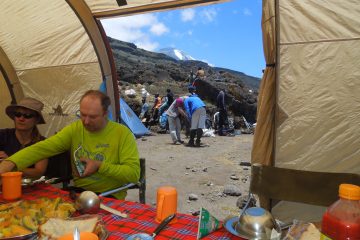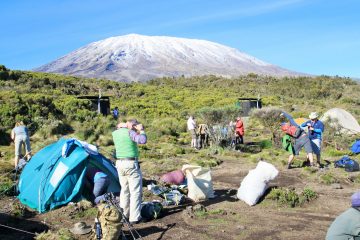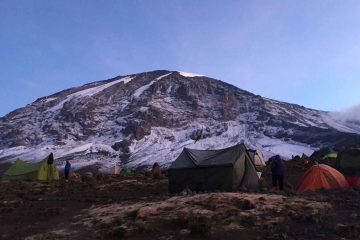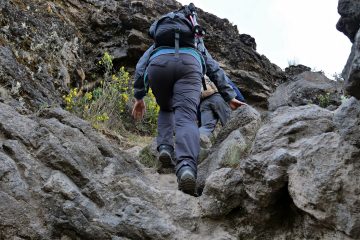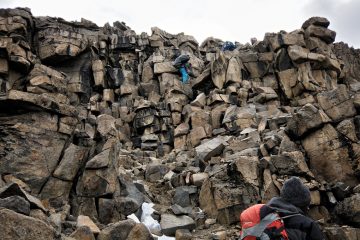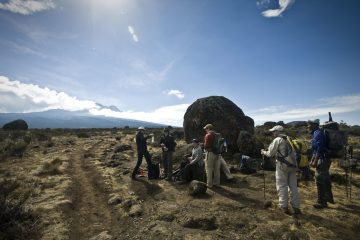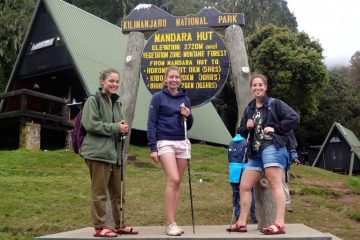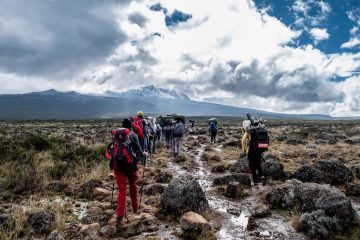Mount Kilimanjaro is a walkable mountain that does not necessarily require any special skills and technicalities. All you need to do is be fit and choose a route that offers acclimatization to help minimize and avoid altitude sickness. The route conditions on Mount Kilimanjaro are great as the trails are well maintained.
Which is the hardest part of Kilimanjaro Routes
The mountain may not demand a lot of technical abilities to climb but still, there is a reason as to why it is the tallest mountain in Africa, it is a bit of a challenge. Perhaps one of the most challenging bits of the hike is the climb up the Barranco wall which can be a bit challenging for first-timers.
What do the Kilimanjaro Routes/Trails look like
The trails of the Kilimanjaro routes are smooth for most of the part with other patches of the route being rocky and dusty, filled scree sometimes depending on the vegetation and climatic zones that you traverse, the higher you climb. When it is wet and during the rains, the upper slopes can be slippery and muddy especially in the forest zone. Check out Mount Kilimanjaro Route comparison before you choose the best route.
Environment and vegetation on Kilimanjaro trails.
The environment surrounding the Kilimanjaro trails changes depending on the vegetation zone and climatic zone that you have reached. For example, the trails leading to the summit may be rocky and sometimes full of scree while the summit/peak has some ice. The trails around the forest zone on the slopes of the mountain may be muddy because it is usually wetter at the forest zone of Mount Kilimanjaro.
What to wear for the Kilimanjaro trails
Comfortable, strong, waterproof footwear, with great grip, rugged soles, and ankle support, will be useful. You rarely need proper, special mountaineering boots that have special features like spikes or crampons unless you are climbing via the seldom-used western breach route, which is the most difficult route on Mount Kilimanjaro. Read more about the recommended gear list.
Trekking poles: A pair of trekking poles will come in handy when trekking the Kilimanjaro trails especially when you feel tired and your knees are unable to support your body on their own. They also assist at times when you are trekking on rocky trails, giving you support and balance.
Gaiters: In these muddy and wet conditions, it is recommended to wear gaiters to prevent your pants from getting dirty from the mud while at the same time stopping gravel from entering your shoes, these particles are notorious for causing blisters and discomfort.






